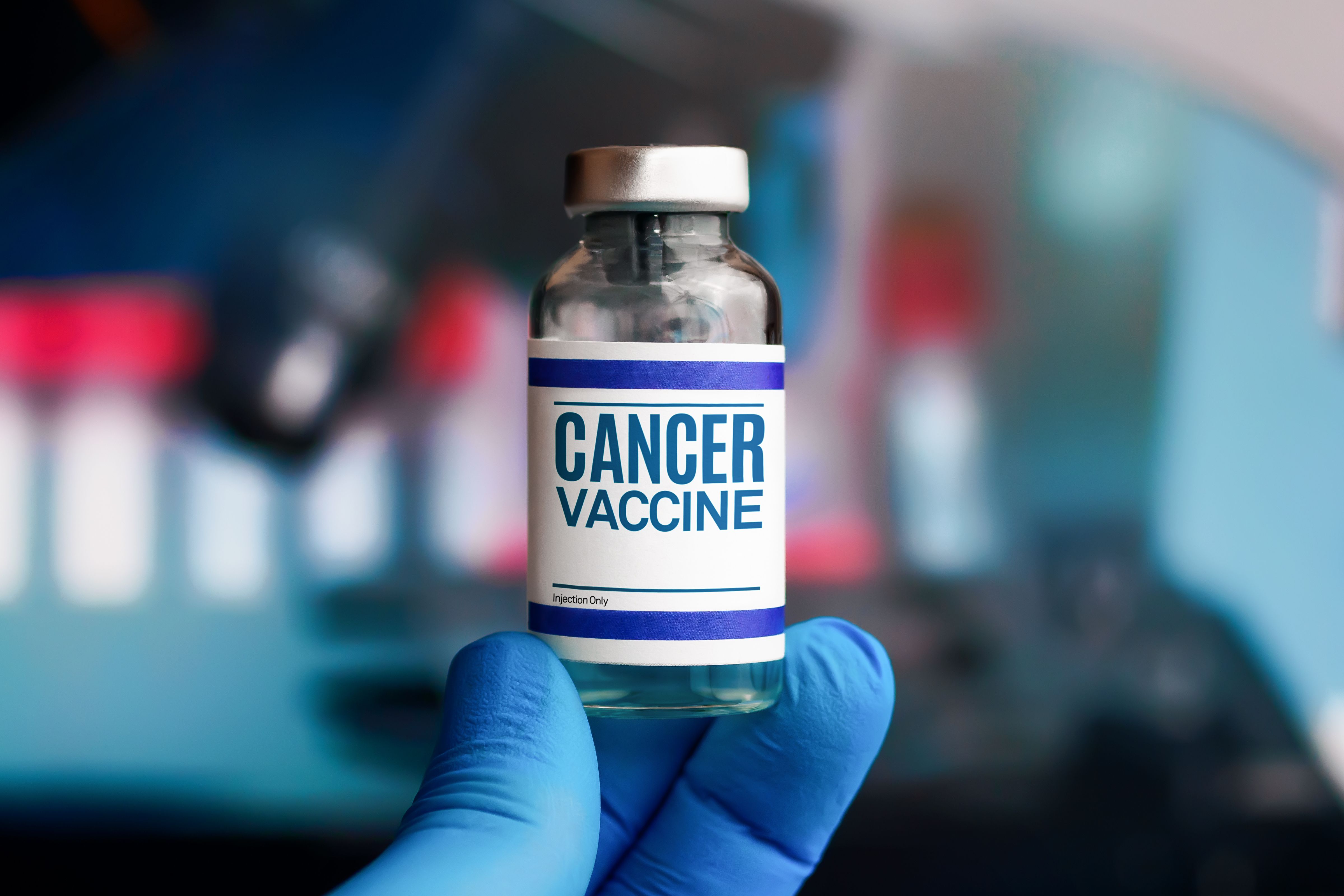Article
Blood Test Speedily Identifies Biomarkers to Help Guide NSCLC Treatment Decisions
Author(s):
A liquid biopsy test detected all of the guideline-recommended biomarkers in newly diagnosed patients with metastatic non-small cell lung cancer at a similar rate but faster than tissue genotyping.
A liquid biopsy test detected all of the guideline-recommended biomarkers in newly diagnosed patients with metastatic non-small cell lung cancer (NSCLC) at a similar rate but faster than tissue genotyping, according to Vassiliki Papadimitrakopoulou, M.D.
In a presscast previewing the upcoming American Association for Cancer Research annual meeting — to be held March 29 to April 3, in Atlanta – she presented results showing the liquid biopsy test, Guardant360, was safe, accurate and faster than the standard tissue biopsy. “The identification of mutations that define distinct subsets of patients with lung cancer and the identification of drugs that target these particular mutations has really changed the outcomes significantly in these particular subgroups.”
“To identify the mutations, testing is of significant importance in choosing therapies for patients who may derive much more benefit from a targeted therapy. So, the study that we did is comparing side-by-side, two ways of doing this testing, which is the most important test to genotype the patients and provide therapeutic choices,” Papadimitrakopoulou said in an interview with CURE ahead of the presscast.
The prospective, multicenter Noninvasive versus Invasive Lung Evaluation (NILE) study evaluated whether Guardant360 can be used to detect all seven guideline-recommended predictive biomarker mutations (EGFR, ALK, ROS1, BRAF, RET, MET, and ERBB2) and one prognostic biomarker mutation (KRAS) at the same rate as traditional tissue genotyping tests in 282 patients with newly diagnosed advanced NSCLC enrolled at 28 North American centers between July 2016 to April 2018.
Of the 282 patients who submitted a pre-treatment blood sample for liquid biopsy analysis, the majority were white (81.9 percent) and half were female (54.3 percent).
Guardant360 — a 73-gene next generation sequencing panel – increased the rate of biomarker detection by 48 percent, from 60 patients identified with at least one guideline-recommended biomarker using tissue-based tests alone to 77 patients with the liquid biopsy.
This included seven patients whose samples were negative by tissue testing, 16 who were not tested and six who did not have enough material for the tissue-based tests.
Of 193 pts without a guideline-recommended biomarker by tissue or liquid biopsy, 24 (12.4 percent) had an activating KRAS alteration identified in tissue alone (three patients) or concordant with blood samples (21 patients), increasing the number of KRAS-positive patients from 24 to 92. This included three patients with negative tissue biopsies, 60 not assessed and five who did not have enough tissue available.
The investigators noted that liquid biopsy testing rescued 30.2 percent (85 patients), including those who did not have enough tissue for testing and those who were incompletely genotyped or negative for the biomarker in tissue.
“The downside of obtaining mutations from tissue biopsies is that usually if this testing is not done with a very powerful and comprehensive assay, such as next-generation sequencing, it is done in successive steps: one test after another, which frequently leads to depletion of the tissue sample,” Papadimitrakopoulou explained. “Therefore, you end up with testing that is not complete because the tissue is not enough for testing of all the biomarkers.”
In addition, the study found a positive-predictive value of 100 percent for EGFR, ALK, ROS1, and BRAF mutations — all of which have Food and Drug Administration-approved drugs for treatment in these patients.
Time from test order to final results was a approximately nine days with Guardant360 compared with 15 days with tissue-based testing.
“What prompted the study was the desire to demonstrate that the liquid biopsy, which is easier to obtain and with a faster turnaround time, can detect these mutations and alterations in the DNA at a rate similar to the standard, which is tissue biopsy. That is something that is assumed to be true but was not tested in a clinical trial prospectively,” Papadimitrakopoulou said. “We felt there was a need for this since the desire to expand the group of patients who get these tests upfront is great. Having a test that we can rely upon to get good results for treatment choices is a very important step.”
Lastly, she recommended for patients to advocate for themselves and ask for tumor testing after diagnosis. “(Patients) should be empowered to ask for this test because it is important to them their treatment decisions. The more informed our patients are about how powerful this tool is, the better off we are as physicians because we can improve outcomes in many patients, especially those who go untested.”




